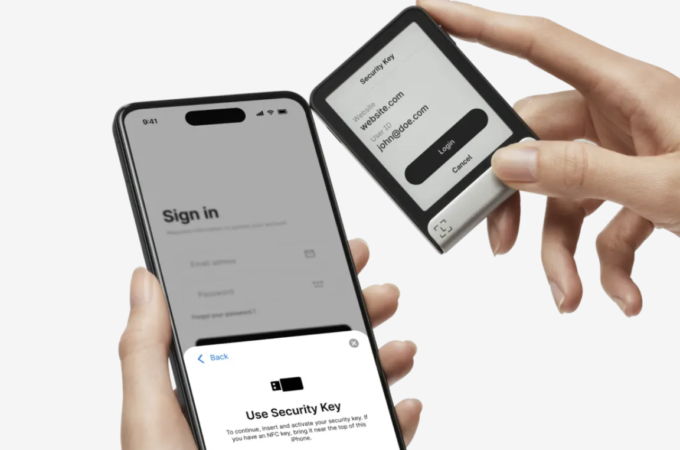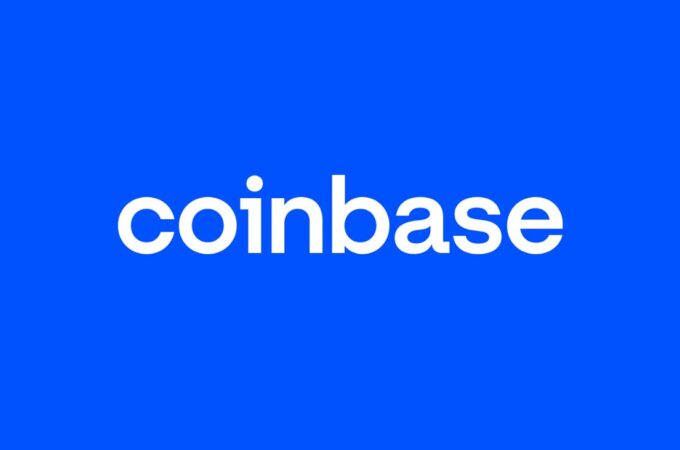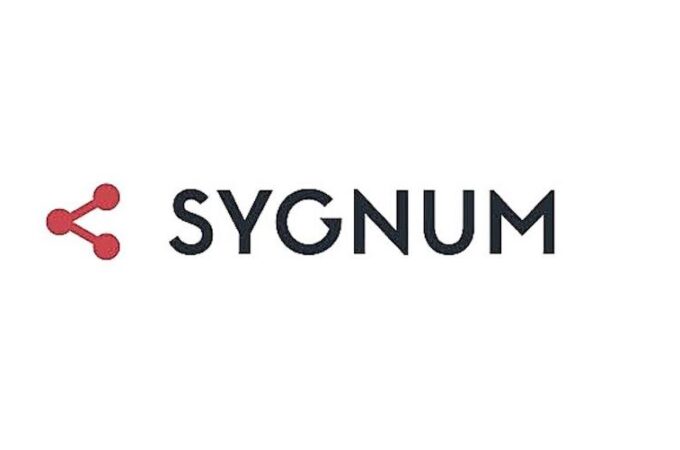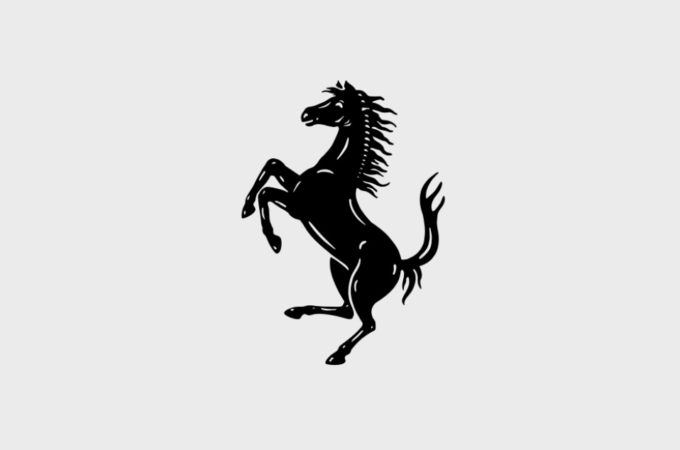
A Simple Guide To The Blockchain
WIRED: Ahead of the event, here’s everything you need to know about one of the biggest areas currently transforming the world of digital finance: the blockchain.
I’ve never heard of the blockchain before. What exactly is it?
If you’re not familiar with the blockchain, and it’s still a relatively new concept in the world of electronic finance, you no doubt will have heard of Bitcoin. Bitcoin is a a peer-to-peer electronic cash system, also known as “cryptocurrency”, which basically allows people to make instant, anonymous transactions online.
However, Bitcoin records every single transaction made on its network in a public record. This is known as the “blockchain”.
How does Bitcoin work?
Bitcoins have to be “mined” using specialist mining software, which then carries out a series of intensive calculations to find a certain data sequence, or “block”. The block produces a specific data pattern when the Bitcoin “hash” algorithm is applied to the data. Whoever manages to do this will basically win bitcoins, which they can then spend in a range of places online and off.
So how often is the blockchain added to?
A new blockchain is generated around every ten minutes and then shared throughout the network. This means it’s constantly growing as completed “blocks” are made and added to the public ledger.
How many “blocks” exist on the blockchain?
There is a countless number of blocks on the blockchain at any one time — as soon as one block gets completed, another is automatically generated.
So it’s a bit like the way conventional banks have a full history of its customers’ transactions?
Exactly. All Bitcoin transactions are entered chronologically in a blockchain, similarly to how typical bank transactions are recorded. You can think of the different blocks, then, like individual bank statements.
Can Bitcoin transactions be traced easily on the blockchain?
Yes. All the blocks are added to the blockchain in a linear, sequential order. Each block contains a hash of the previous block, creating a linked series from the “genesis” block right the way through to the current one. As every Bitcoin user must have a Bitcoin address — a unique identifier that allows them to receive Bitcoins — the blockchain contains a complete set of information about every address using Bitcoin and their balances at any point in history.
So how do you keep track of all your bitcoins?
You’ll basically need something called a Bitcoin wallet: a free online wallet which you can use to make worldwide Bitcoin payments on your mobile or desktop. Read the full article
DealStreetAsia: With the recent pivot of former Bitcoin ATM manufacturer Tembusu Systems into the cryptocurrency space, and the unveiling of its newest product, the TRUST platform, Jarrod Luo, the COO and co-founder of Tembusu Systems says that Singapore offers the most liberal and transparent treatment for the industry in the wider region.
Luo, who also has a larger industry role as the Secretary-General of the Association of Cryptocurrency Enterprises and Startups Singapore (ACCESS), also said that as an industry, cryptocurrency was less than five years old. This relative youth offers plenty of opportunity for entrepreneurs to explore opportunities in the sector, he added. Read the full article





